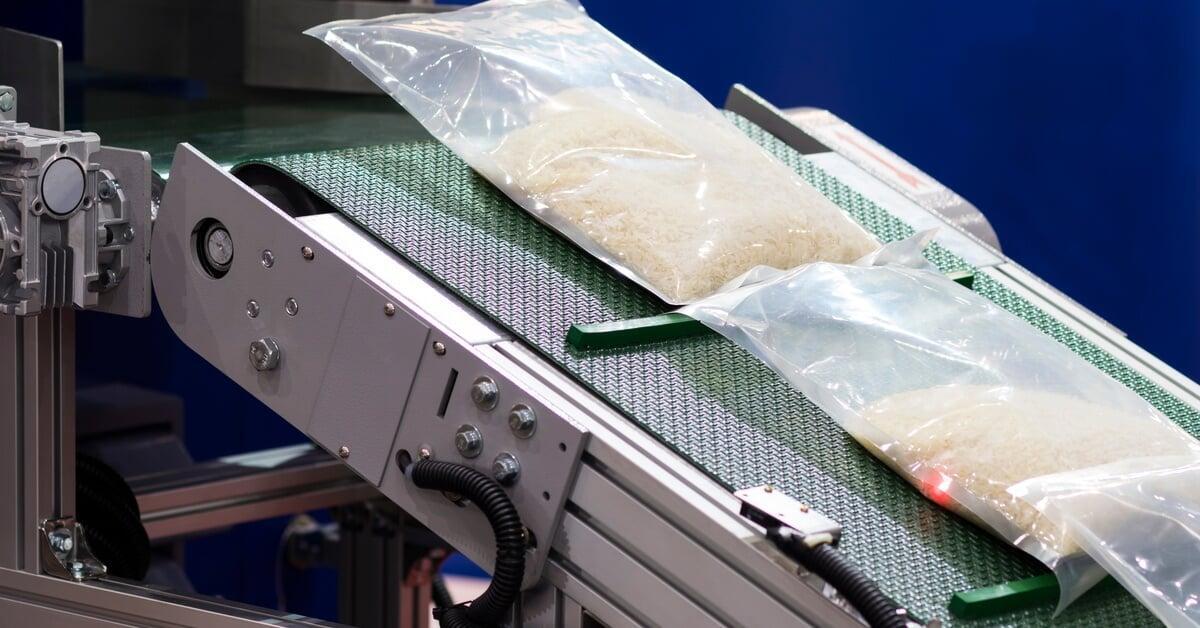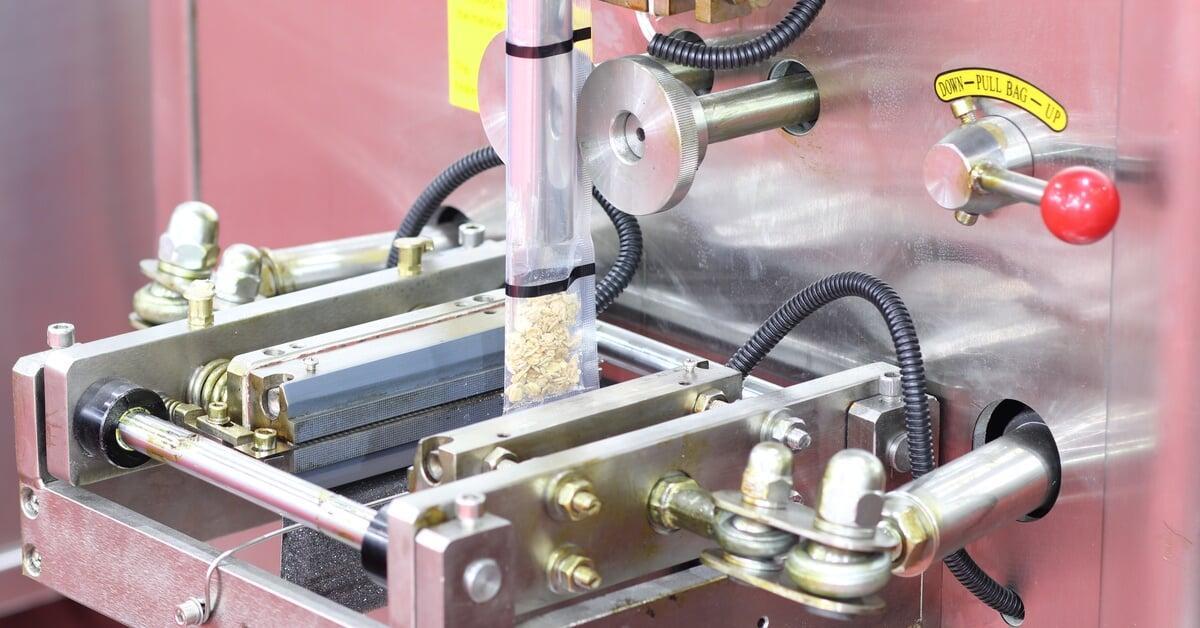
Packaging goods is an essential aspect of manufacturing and distribution. Conducting the process in an efficient, safe, and cost-effective manner is vital for maintaining a competitive edge. To achieve each of these objectives, it’s important to implement bagging solutions that streamline packaging operations. Continue reading to learn about the role of bagging systems in streamlining packaging lines.
Introduction To Bagging Systems and Their Purpose
Bagging systems conduct automated or semiautomated filling and sealing of bags for products. Many packaging lines rely on these systems to securely enclose products in ready-to-distribute containers. Bagging systems reduce human intervention and allow businesses to deliver consistent results, even at high levels of production.
The fundamental purpose of a bagging system is to enhance the efficiency of packaging operations by automating repetitive tasks. They are able to handle a wide range of bag sizes, materials, and types of content, from powders and granulates to liquids and solid goods. The system’s adaptability makes bagging systems a practical solution for numerous industries, including food production, agriculture, and chemicals. While the designs and functionalities may vary, all bagging systems aim to improve output accuracy and minimize downtime in packaging processes.
Types of Bagging Systems
Bagging systems are not one-size-fits-all solutions. Instead, they come in a variety of configurations. Four primary types of bagging systems dominate the market. It’s valuable to learn about each type to decide which system will benefit your business.
Automatic Bagging Machines
Automatic bagging machines are ideal for fully automated operations. They perform the tasks of filling, sealing, and labeling bags without requiring constant human oversight.
These machines are ideal for large-scale operations that demand speed and consistency. Industries that produce high volumes of goods, such as food and beverage manufacturing, typically turn to automatic bagging machines to handle daily production needs.
Semiautomatic Bagging Machines
Semiautomatic bagging machines combine automation with manual intervention. While tasks like placing a bag may require human involvement, these machines automate other steps such as filling and sealing.
This system is particularly suitable for businesses dealing with mid-size production volumes or those requiring a degree of flexibility in handling different product types. Semiautomatic systems bridge the gap between manual labor and full automation, offering a cost-effective entry point for businesses looking to modernize their packaging processes.
Open-Mouth Bagging Systems
Open-mouth bagging systems handle bags with an open-mouth design that’s useful for dry or free-flowing products, such as grains and seeds. These systems excel in efficiently loading large quantities into bags while ensuring accurate measurements. The open-mouth design allows for an easy filling process and minimizes product spillage. Agricultural and industrial companies often favor this system because it prioritizes precision and consistency.
Valve Bagging Systems
Valve bagging systems are advantageous for packaging products that require an airtight seal, such as fine powders and materials like chemicals or cement. The valve minimizes contamination and wastage, ensuring that the product remains secure and clean. Industries handling sensitive or hazardous materials typically rely on valve bagging systems to maintain product integrity, consistent weight, sealing quality, and safety.

Benefits of Implementing Bagging Systems
Businesses integrating bagging systems into their packaging lines can expect a host of benefits that directly impact their efficiency, cost structure, and overall productivity. Beyond simplifying packaging operations, these systems provide tangible advantages that can influence the success of the organization.
Efficiency
An immediate benefit of bagging systems is the increase in efficiency they bring to production lines. By automating repetitive tasks, these machines greatly reduce the time it takes to package items, allowing businesses to process a high volume of goods in less time. The level of precision and consistency offered by bagging systems helps packaging lines run seamlessly, making it easier to meet deadlines and fulfill large-scale orders.
Cost Reduction
The long-term savings of bagging systems are undeniable. With fewer workers required to handle labor-intensive packaging tasks, companies can reallocate their workforce to more strategic roles incapable of automation. Additionally, accurate filling and sealing help reduce product wastage, supporting more effective inventory management that maximizes revenue.
Accuracy
Accuracy is a hallmark of advanced bagging systems. These machines deliver precise measurements for every unit they fill, reducing variations and ensuring compliance with strict quality standards. Consistency improves customer satisfaction and minimizes the risk of underfilled or overfilled bags, which can lead to consumer complaints or regulatory issues.
Safety
Every manufacturing and distribution facility must implement safety protocols. Bagging systems increase facilities’ safety features, especially in industries handling hazardous materials.
By reducing the need for manual intervention, bagging systems protect workers from potential spills, dust, or exposure to dangerous substances. The controlled and enclosed nature of these systems ensures that operations remain safe for employees while also maintaining the integrity of the product.
Applications of Bagging Systems Across Industries
Bagging systems are versatile tools, and their applications span many industries that require efficient packaging solutions. These machines have become indispensable in sectors where precision, scalability, and safety are fundamental.
Food Industry
In the food industry, bagging systems are helpful for packaging a diverse range of products, including flour, rice, sugar, coffee beans, and snacks. Guaranteeing food safety while maintaining freshness is a top priority, and modern bagging systems achieve this with airtight sealing and contamination-free handling.
Agriculture Industry
Agriculture is another sector that benefits from these advanced machines. From storing large quantities of fertilizer to packaging seeds and animal feed, bagging systems allow businesses to manage heavy workloads effectively. Their ability to handle bulk materials while ensuring proper weight and packaging quality makes them ideal for agricultural enterprises looking to improve efficiency and minimize wastage.
Chemical Industry
The chemicals industry relies heavily on specialized bagging systems. Whether dealing with fine powders, granules, or liquids, this sector demands accuracy and safety due to the hazardous nature of many materials. Valve bagging systems, in particular, play a crucial role in securely packaging chemicals while preventing leaks and minimizing risks to employees.

Why Bagging Systems Are Essential for Streamlining Operations
By understanding the role of bagging systems in streamlining packaging lines, businesses can increase their efficiency, improve packaging accuracy, and reduce operational costs. These advanced machines offer a dependable, scalable solution for packaging challenges, making them a valuable addition to any production line.
PackSmart’s automated bagging machines can help your company deliver consistent results and maintain high standards of efficiency. We offer user-friendly, reliable automatic bagging solutions that have a wide variety of capabilities, including packing, sealing, and barcode printing. Browse our products to find the perfect automatic bagging solution for your manufacturing and distribution needs.
